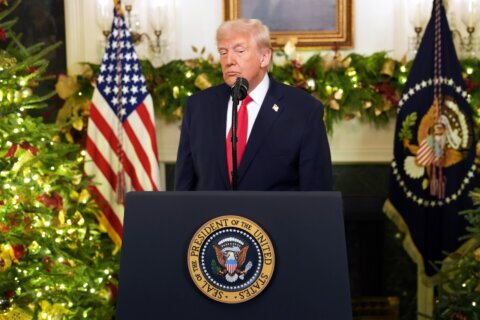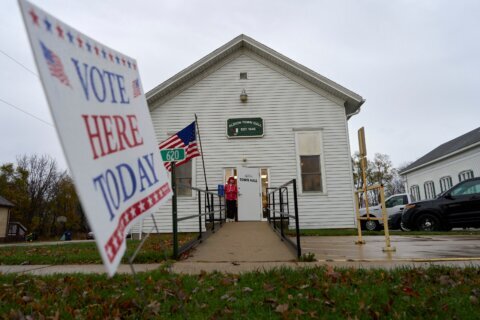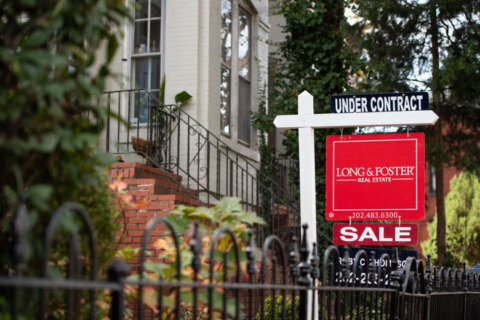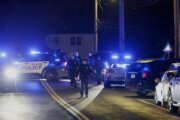As D.C. sees an uptick in pedestrian deaths over the last year, a group of researchers at the Urban Institute spent months tracking the challenges walkers face in the city.
They released a study on Thursday called “Redefining Walkability,” which maps and ranks the problems and perks of each community. It discovered that all District neighborhoods are failing to provide safety for pedestrians in one way or another.
“Different neighborhoods face different obstacles to improving walkability,” said Yonah Freemark, a senior researcher at Urban Institute. “You would think a neighborhood like Georgetown would have high-quality infrastructure, but, we found that their infrastructure quality is very low.”
As a result, no D.C. neighborhood made a perfect score in the study.
“The entire city of D.C. needs to be worked on,” Freemark said.
Researchers tracked well-known issues pedestrians encounter, like fewer street lights, traffic safety and the lack of sidewalks.
However, there are hidden factors walkers come across that the study also calculated Freemark said, including air and noise pollution, proximity to high-volume traffic and encounters with police.
Many of these issues are experienced more in low-income and communities of color, he said.
“If we want to encourage people to feel comfortable walking around, then we need to be thinking about people’s entire life experience in the neighborhood,” Freemark said. “People east of the Anacostia River are often exposed to excess policing. So, when people are walking around they are more scared of being stopped and frisked, which makes the walking less comfortable.”
D.C. is in a multi-year effort to reduce pedestrian deaths by 2024. The city was experiencing a drop in fatal car wrecks with walkers, but last year, the District saw a spike in these encounters, Freemark said.
The report details additional steps the city can take to reduce pedestrian deaths. Researchers suggest adding more tree cover in dense parts of D.C., reduce noise pollution and create more access for disabled people.
Peace Gwam, a research analyst who worked on the report, said it’s designed to empower residents who want to walk safely through the city.
“We would encourage them to speak to their officials,” Gwam said. “There are things that can be improved upon.”







